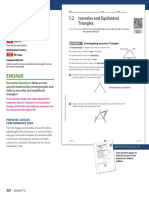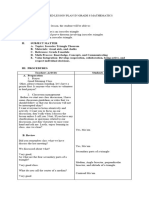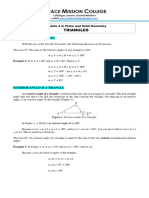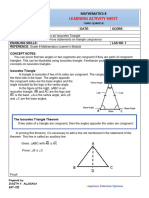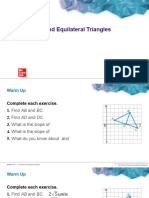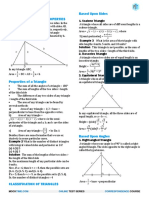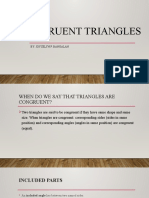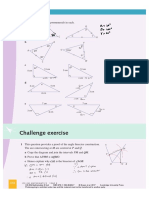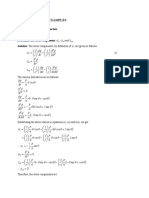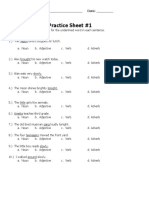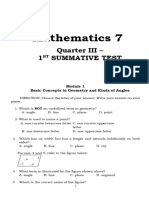0% found this document useful (0 votes)
55 views3 pagesClass 4 Notes For Geometry
This document provides notes for a Class 4 lesson on isosceles and equilateral triangles, defining their properties and relationships between sides and angles. It includes proofs that the base angles of isosceles triangles are congruent and that equilateral triangles have equal angles of 60 degrees. The document also contains practice problems, an end-of-class activity, and homework assignments related to the topic.
Uploaded by
29mt0001Copyright
© © All Rights Reserved
We take content rights seriously. If you suspect this is your content, claim it here.
Available Formats
Download as PDF, TXT or read online on Scribd
0% found this document useful (0 votes)
55 views3 pagesClass 4 Notes For Geometry
This document provides notes for a Class 4 lesson on isosceles and equilateral triangles, defining their properties and relationships between sides and angles. It includes proofs that the base angles of isosceles triangles are congruent and that equilateral triangles have equal angles of 60 degrees. The document also contains practice problems, an end-of-class activity, and homework assignments related to the topic.
Uploaded by
29mt0001Copyright
© © All Rights Reserved
We take content rights seriously. If you suspect this is your content, claim it here.
Available Formats
Download as PDF, TXT or read online on Scribd
/ 3



